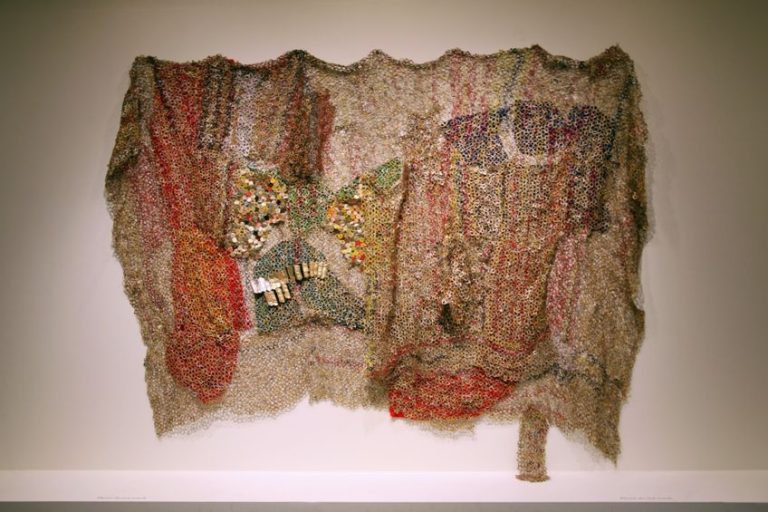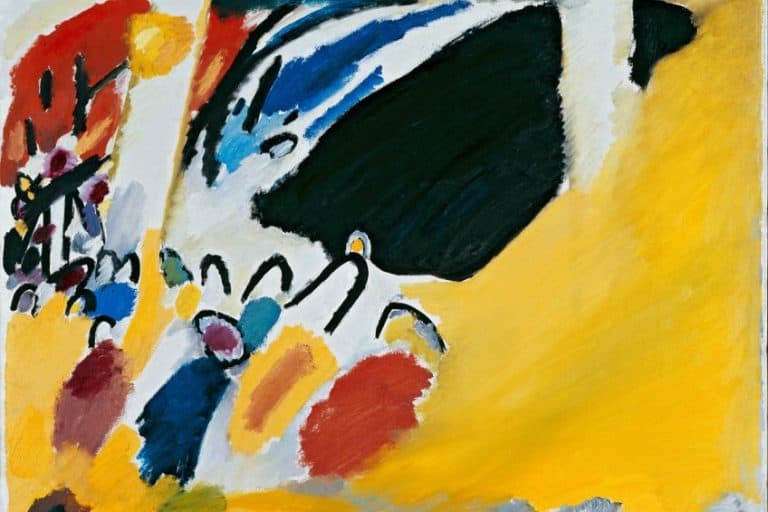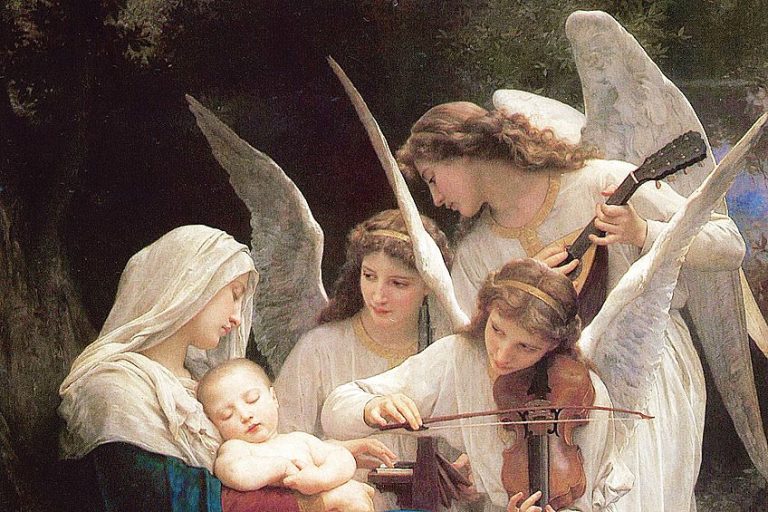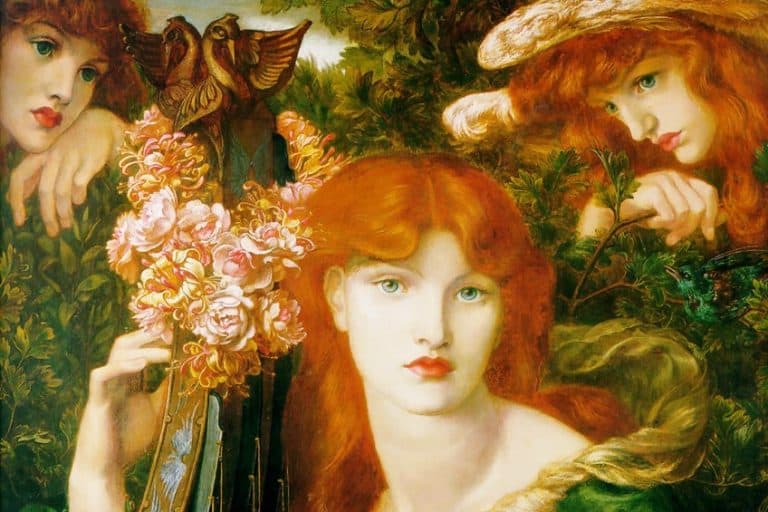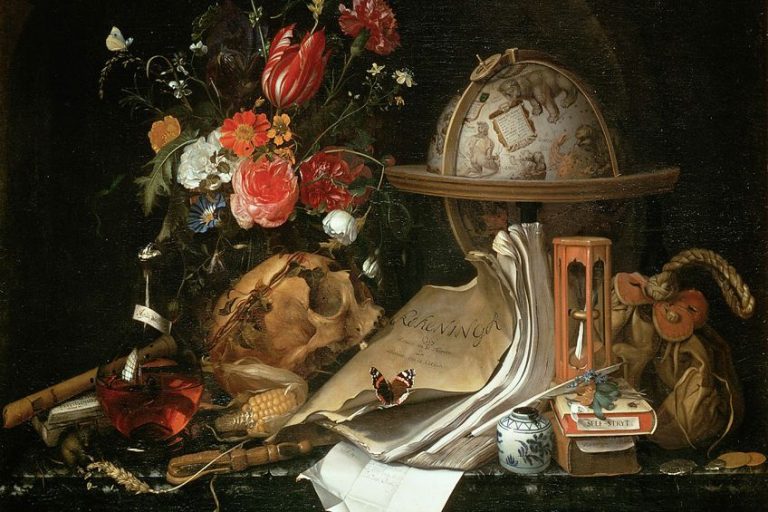1990s Art – A Vibrant and Eclectic Decade
Welcome to the vibrant and eclectic world of 1990s art, where creativity knew no bounds and boundaries were meant to be pushed! As we dive into this exhilarating era, prepare to be whisked away on a whirlwind journey through the kaleidoscopic landscapes of contemporary expression. From the neon-lit streets of urban graffiti to the avant-garde galleries echoing with the echoes of postmodernism, the 1990s were a time of rebellion, innovation, and unapologetic experimentation. Join us as we unravel the tapestry of this unforgettable decade, where art became a mirror reflecting the ever-evolving pulse of society, and imagination reigned supreme.
Key Takeaways
- The 1990s art landscape was shaped by the end of the Cold War and embraced a period of reevaluation and innovation.
- Economic shifts and technological advancements influenced artists to explore new themes and mediums in their works.
- The decade’s art played a crucial role in questioning traditional values and expanding the representation of diverse voices and global perspectives in the contemporary art scene.
Historical Context of 1990s Art
The 1990s witnessed a transformative period in the art world, characterized by a mix of retrospection and innovation that mirrored the broader societal shifts of the era. With the fall of the Berlin Wall in 1989 serving as a symbolic end to Cold War tensions, the decade started with a sense of cautious optimism. As the geopolitical landscape saw significant changes, notably the dissolution of the Soviet Union, artists grappled with new freedoms and uncertainties. The contemporary art scene became a reflection of this complex transitional phase, marked by a curious blend of cynicism and celebration.

Artists in the 1990s explored a variety of themes and expressions, often challenging the concepts of value and tradition in art. The economic recession in the early part of the decade prompted a move away from the exuberant art market of the 1980s. This shift saw a rise in conceptual and minimalist pieces that questioned the commodification of art. Meanwhile, the advent of the internet began to influence artistic techniques and themes, with some artists embracing the digital revolution as both a medium and a subject for their work.
The era’s art was also impacted by a growing awareness of globalism, leading to increased visibility for artists from diverse backgrounds and a push towards postcolonial discourse within the art community.
Political and Social Milestones
The fall of the Berlin Wall in 1989 and the subsequent dissolution of the Soviet Union marked the end of the Cold War era, altering global politics and national boundaries. These seismic shifts precipitated a move towards multiculturalism and identity politics within the art world. Artists began to address themes such as nationality, ethnicity, and gender, often challenging established cultural narratives.
- Fall of the Berlin Wall (1989): Symbolized the liberation from divided ideologies; unity and redefined European identities emerged in art.
- Dissolution of the Soviet Union (1991): The transition from communist to post-communist states sparked diverse artistic responses to newfound liberties and uncertainties.
- End of the Cold War: Led to a reevaluation of Western-centric worldviews; artists explored alternate histories and narratives.

The Art Market and Globalization
Globalization in the 1990s expanded the art market beyond traditional Western capitals to include artists and collectors from a broader, more international framework. The rise of art biennials and fairs in different continents reflected this new landscape where art became a vehicle for navigating global interconnectedness and the dynamics of a changing world order.
- Art biennials: Events like the Johannesburg Biennale (1995) spotlighted artists from previously marginalized regions, promoting a cross-cultural dialogue.
- Market expansion: Economic growth and the digital revolution led to increased commodification of art; a globalized art market emerged, with flows of capital and art crossing new national boundaries.
- Technological impact: The Internet revolutionized access to information, influencing both the production and consumption of art, thus reinforcing globalization’s reach.
Influential Artists and Movements
The 1990s art world was marked by groundbreaking movements and artists who challenged conventional boundaries. These movements included the provocative Young British Artists, the theoretical Relational Aesthetics, and the emergence of Digital Art Innovations, each redefining the artistic landscape in its own way.

Young British Artists
The Young British Artists (YBAs) emerged in the 1990s as a group of provocative and boundary-pushing artists. Among them, Damien Hirst became notorious for his works featuring preserved animals and medicine cabinets, reflecting themes of life and death. Jenny Saville also gained prominence for her large-scale, realistic paintings focusing on the human body, often exploring themes of flesh and surgery. In 1990s art, Damien Hirst’s The Physical Impossibility of Death in the Mind of Someone Living challenges mortality perceptions, while Jenny Saville’s Strategy (South Face/Front Face/North Face) delves into the human form.
These iconic works embody the era’s creative daring, inspiring boundary-pushing for generations to come.
Relational Aesthetics
Coined by Nicolas Bourriaud, Relational Aesthetics described a movement where human interactions and social contexts were pivotal to the art-making process. It suggested art exists in the dynamic relationships formed between the audience and art rather than in isolated objects. A key proponent was Nicolas Bourriaud’s book, Relational Aesthetics (1998)

Digital Art Innovations
The 1990s witnessed the Digital Revolution, significantly impacting the art world. The proliferation of the World Wide Web and Internet Art introduced a new era of Digital Art Innovations, allowing artists to explore virtual space and interconnectedness. Andreas Gursky is notable for his digital manipulation of photographs, creating images that comment on the modern global economy and consumer culture. Andreas Gursky and Jeff Wall are digital art pioneers, reshaping the medium with their distinct styles. Gursky’s large-format color photos capture architectural and natural vistas from elevated angles, while Wall’s back-lit cibachrome photographs employ digital manipulation to challenge perceptions. Their contributions redefine digital art, pushing creative boundaries in the modern era.
By intertwining technology and art, these entities paved the way for new forms of creativity and expression that continue to influence art today.
Notable Artists from the 1990s
The below artists collectively shaped the diverse and dynamic landscape of 1990s art, pushing boundaries and challenging conventions with their innovative approaches and bold expressions.
- Yayoi Kusama (Born March 22, 1929): Notable for her immersive installations and polka-dot motifs, Kusama’s work explores themes of infinity, identity, and the human condition.
- Cindy Sherman (Born January 19, 1954): Critiqued gender roles and societal constructs through her conceptual self-portraits, which often challenged stereotypes and cultural norms..
- Jeff Koons (Born January 21, 1955): Elevated kitsch to high art with his monumental sculptures, such as Balloon Dog, blurring the lines between popular culture and fine art.
- Shirin Neshat (Born March 26, 1957): Explored themes of identity, gender, and politics in the Islamic world through her powerful photography and video installations.
- Takashi Murakami (Born February 1, 1962): Pioneered the Superflat movement, blending traditional Japanese art with contemporary pop culture, creating colorful and whimsical works.
- Tracey Emin (Born July 3, 1963): Known for her confessional and provocative artworks, Emin’s raw and unfiltered expressions tackled themes of sexuality, trauma, and vulnerability.
- Damien Hirst (Born June 7, 1965): Renowned for his controversial artworks, including The Physical Impossibility of Death in the Mind of Someone Living, which challenged perceptions of mortality and the boundaries of art
- Olafur Eliasson (Born February 5, 1967): Master of immersive installations and environmental art, Eliasson’s works often engage with light, space, and perception, inviting viewers to experience sensory exploration.
- Wolfgang Tillmans (Born August 16, 1968): Revolutionized photography with his candid and intimate snapshots, capturing the zeitgeist of youth culture and LGBTQ+ experiences.
- Jenny Saville (Born May 7, 1970): Known for her large-scale paintings that explore the human body, challenging traditional standards of beauty and femininity.
Themes and Techniques in 1990s Art
The 1990s art scene was characterized by a focus on identity, an exploration of the impact of technology on reality, and an innovative use of mixed media, reflecting the dynamic social changes of the era.

Identity and Body
During the 1990s, artists intensely explored themes of identity, encompassing gender, race, sexuality, and class. Works often used photography and installation art as a means to critique and dissect societal constructs of identity.
Cindy Sherman’s photographs interrogated gender roles, while artists like Felix Gonzalez-Torres addressed issues concerning sexuality with poignant conceptual installations.
Technology and Reality
The advent of the digital age was mirrored in the art of the 1990s, where video installations became a key expression tool. Artists leveraged new technology to blur the lines between reality and digital representation, creating immersive environments and pioneering works that reshaped the visual experience. Pioneers in this area include Matthew Barney, known for his Cremaster Cycle, which was a series of feature-length films that drew on this digital expansion to create rich, mythological worlds.

Mixed Media and New Genres
Artists in the 1990s broke away from traditional disciplines, combining drawings, photographs, sculpture, and various other materials to produce mixed media works. This era saw the proliferation of new genres as artists sought to redefine and expand the boundaries of conventional art forms.
Installation art became more prevalent, often encompassing large-scale works designed to transform viewers’ perception of space.
Impact on Contemporary Culture
The 1990s art movement significantly shaped the cultural landscape, and its influence continues into contemporary spaces, affecting how exhibitions are curated and the evolution of modern art aesthetics.

Art Exhibitions and Public Reception
Whitney Biennial and Montclair Art Museum stand as pivotal landmarks in the 1990s for showcasing groundbreaking art that resonated with public sentiments and debates of the time. Exhibitions at these venues were more than displays; they aimed to generate discourse around the societal issues, mirroring a shift towards globally conscious and socially responsive art curation.
The success of these exhibitions laid groundwork for how art interacts with the public, moving beyond gallery spaces to engage with a wider demographic.
Gallery Space evolution in the 1990s further reflects this shift, with a move towards more inclusive and diverse environments that challenge traditional modes of presentation. Art in that decade crafted a narrative that pushed the boundaries, which galleries and museums across the globe have continued to adopt and adapt, demonstrating the decade’s lasting impact on exhibition dynamics.
Influence on Modern Art
Art of the 1990s catalyzed a global cultural expansion, effectively integrating technology and globalization into its expression. In turn, contemporary art has inherited a penchant for global perspectives, harnessing a variety of mediums and crossing cultural boundaries to create a more interconnected art world. The expansion into Global Culture through the arts has meant that artists today draw upon a wide array of influences, reflecting the cross-cultural dialogues initiated in the 1990s. This period’s contributions are also evident in the thematic preoccupations and aesthetic choices of current artists, often revisiting concepts and styles that emerged decades prior, reaffirming the 1990s’ extensive influence on modern art.

As we bid farewell to the exhilarating whirlwind that was 1990s art, let us carry with us the echoes of its bold spirit and unbridled creativity. From the rise of street art to the emergence of digital mediums, this era has left an indelible mark on the canvas of art history. As we reflect on the diverse voices and daring visions that defined this period, let us be inspired to embrace our own artistic journeys with courage and conviction. For in the kaleidoscope of 1990s art, we find not only a celebration of the past, but a beacon guiding us towards the endless possibilities of the future.
Frequently Asked Questions
What Were the Defining Characteristics of 1990s Contemporary Art?
The art of the 1990s was marked by a fusion of diverse media and a penchant for addressing social issues. Artists commonly employed technology in their works and explored themes such as identity, body politics, and multiculturalism, reflecting the decade’s complex social dynamics.
How Did the Art Culture of the 1990s Differ from the Previous Decade?
Art culture in the 1990s was distinguished by a resistance to the commercialization that dominated the 1980s art scene. The focus shifted from the ostentatious, market-driven art to more conceptual and politically-engaged works. In part, this was a reaction to global political changes and economic recessions, which influenced artists to critique societal structures and cultural norms.
Isabella studied at the University of Cape Town in South Africa and graduated with a Bachelor of Arts majoring in English Literature & Language and Psychology. Throughout her undergraduate years, she took Art History as an additional subject and absolutely loved it. Building on from her art history knowledge that began in high school, art has always been a particular area of fascination for her. From learning about artworks previously unknown to her, or sharpening her existing understanding of specific works, the ability to continue learning within this interesting sphere excites her greatly.
Her focal points of interest in art history encompass profiling specific artists and art movements, as it is these areas where she is able to really dig deep into the rich narrative of the art world. Additionally, she particularly enjoys exploring the different artistic styles of the 20th century, as well as the important impact that female artists have had on the development of art history.
Learn more about Isabella Meyer and the Art in Context Team.
Cite this Article
Isabella, Meyer, “1990s Art – A Vibrant and Eclectic Decade.” Art in Context. February 21, 2024. URL: https://artincontext.org/1990s-art/
Meyer, I. (2024, 21 February). 1990s Art – A Vibrant and Eclectic Decade. Art in Context. https://artincontext.org/1990s-art/
Meyer, Isabella. “1990s Art – A Vibrant and Eclectic Decade.” Art in Context, February 21, 2024. https://artincontext.org/1990s-art/.



